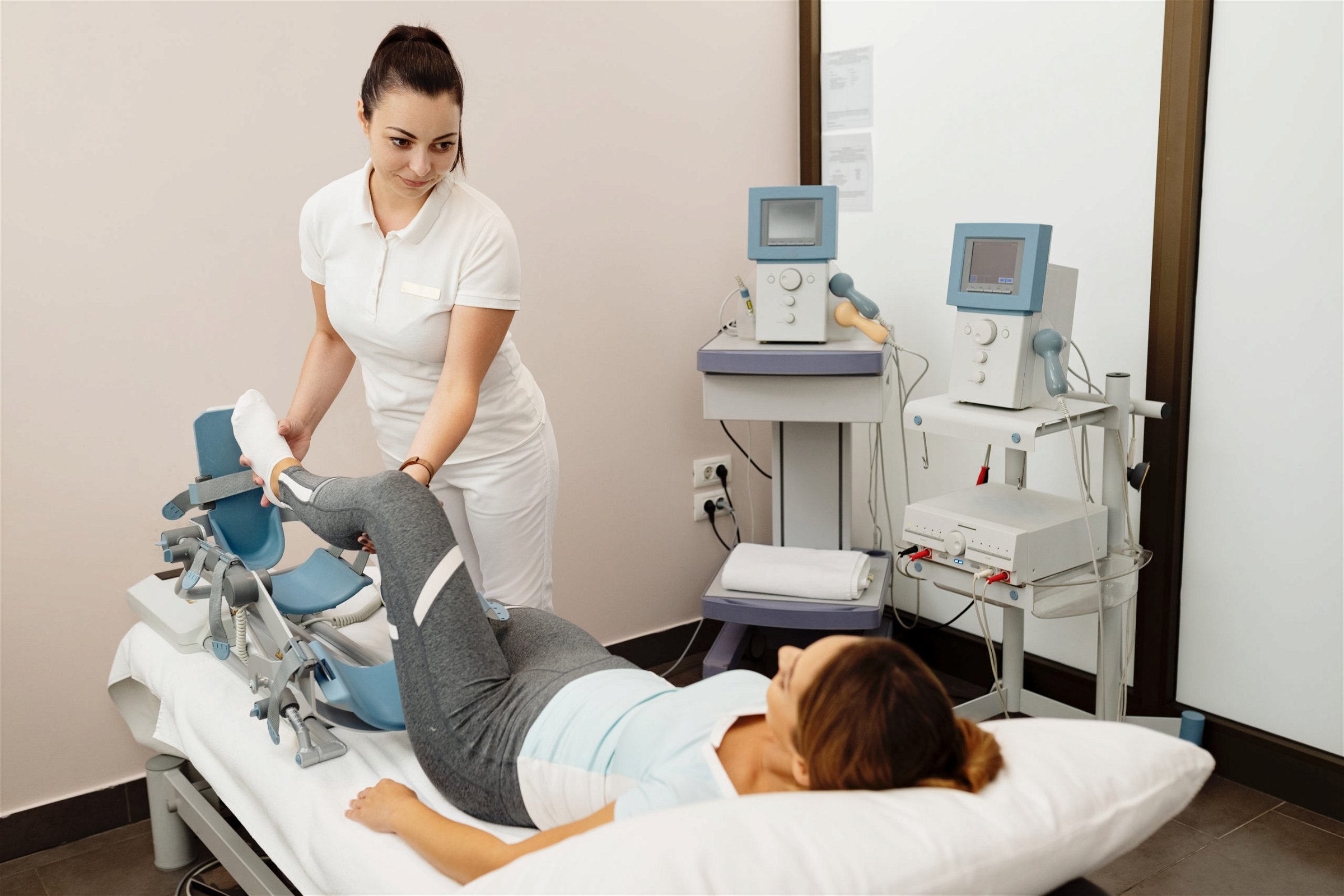- Conditions
- Treatments
- Patients
- Practice
- Dr. Tian Xia
- Heather Cottini
- Andry Khlopas
- Lyndsey Johnson
- Dr Michael G Banuelos
- Linda H. Morris
- Stacia Jones
- Hoai Luu
- Dr Ricardo Knight
- Finnbar Higgins
Chiropractors
Physical Therapist
- Blog
Discogram
Provocative diagnostic discography…
refers to a procedure used in the evaluation of internal disk disruption in the lumbar, thoracic or cervical level. This process occurs with radiologic evidence on x-ray, CT scan or MRI. The disruption is a major cause of chronic pain especially in the lower part of the back.

The internal disk disruption involves the communication between the sphere in the annular fibrosis of the disk and the nucleus pulposus. Such tears can result from the degeneration of the disc or trauma, which is the most common cause.
The discogram is considered the gold standard in the diagnostic procedure of radial annular disk tears. There are tears that are wide enough and can be seen on MRI or CT scans.
The combination of discogram with magnetic resonance imaging or computerized axial tomography can be employed in case where the patient has discogenic pain and the medical practitioner wants to localize or define the site of pain.
Discogram Procedure
The discogram procedure is usually conducted with the patient awake and the main aim of the process is to identify the disk that provokes the pain when accessed using a cannula and injected with contrast materials.
Local anesthetic is used in the procedure and fluoroscopy is used in guiding the nucleus pulposus access and highly sterile conditions are used when injecting the contract materials.
When contrast material is injected at the site of pathology, there will be a duplication of pain and this is what is used in identifying that the area is the cause of the patient’s back pain.
A CT scan may be used in obtaining of cross-sectional spreads that will assist in the better understanding of the situation of the situation and the disk involved.
Indication
The indication for discography is used in ruling out the existence of disk disruption.
Contraindication
Discography is not recommended for patients who have sensitivity to the contrast materials used in the procedure or any skin infection that might compromise their safety or the procedure.
This procedure should not be carried out on pregnant patients because the x-ray radiation will affect the fetus. Anticoagulants such as Coumadin are contraindicated and Coumadin can be discontinued for about 3 days prior to the procedure and this should be done with the knowledge and advice of a physician.
Coumadin should be resumed only after the procedure and the patient should also resume taking medications they were using including medication for hypothyroidism, diabetes, pressure control among other conditions.
Complications
This procedure needs to be strictly performed under sterile conditions and the most common complication is discitis sometimes with and sometimes without an infection.
Some patients may also have allergic reactions to the contrast materials and others will experience headaches. From a general perspective, discography is a safe procedure that will be successfully performed without any unusual events.
The information obtained from this procedure is very important in the treatment plans of the patient which may include other methods such as lumbar spine fusion or IDET procedures. Sedatives may be utilized in this process as a measure to reduce the patient’s anxiety.
